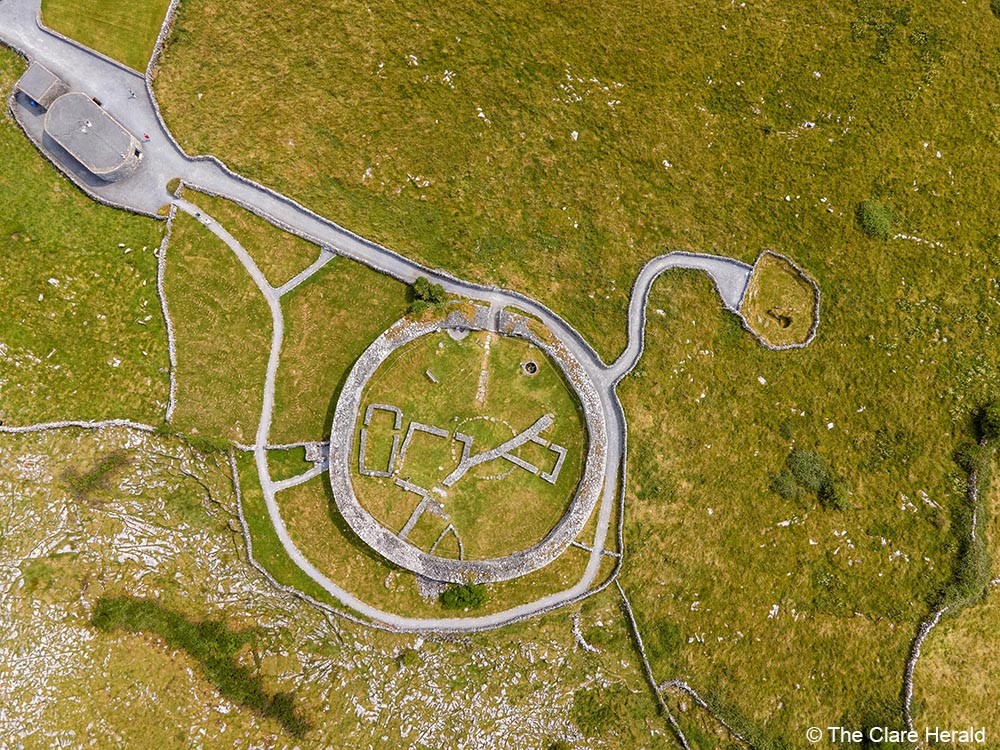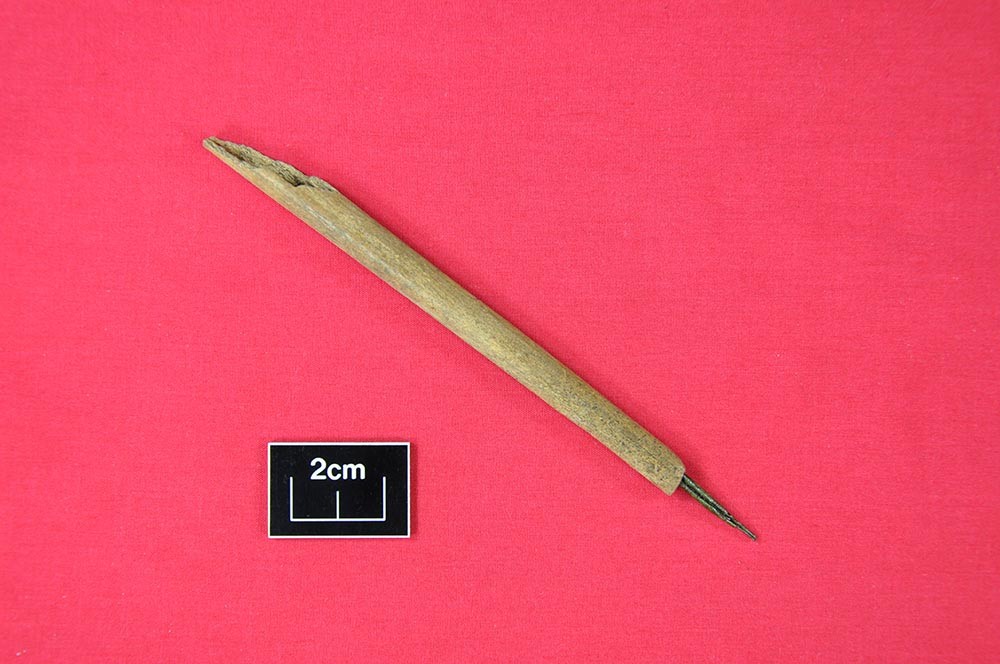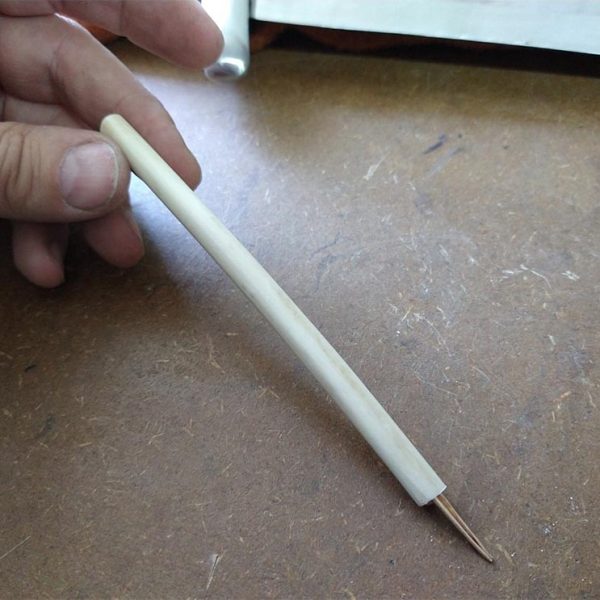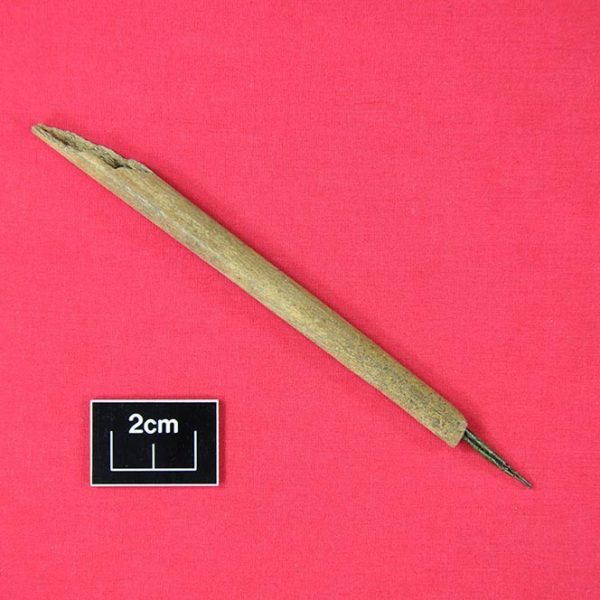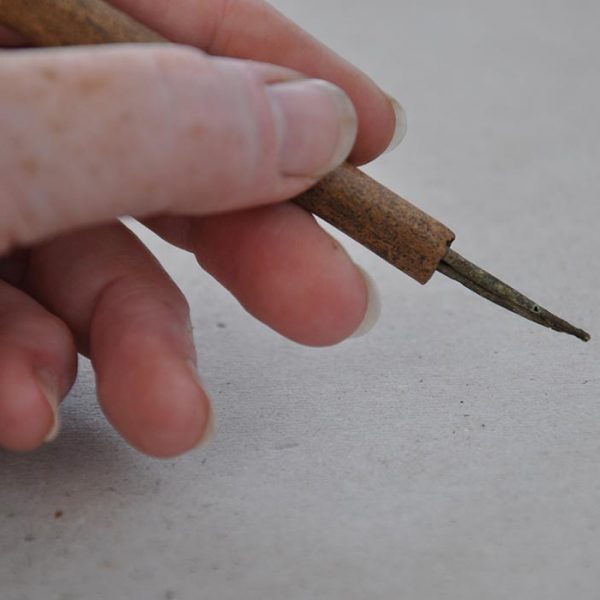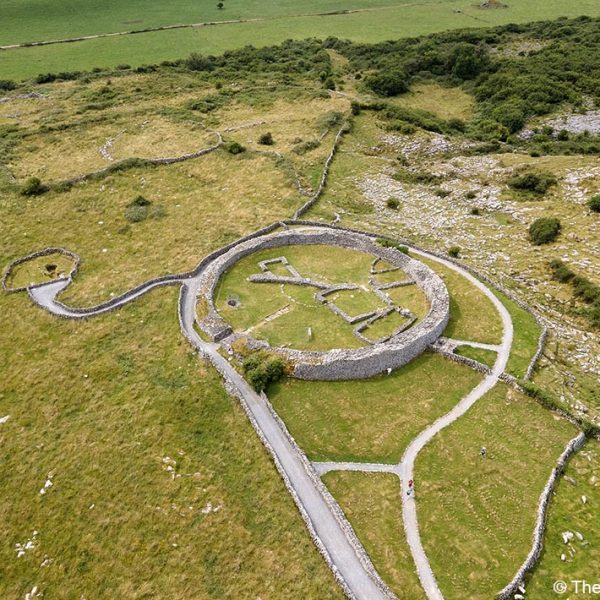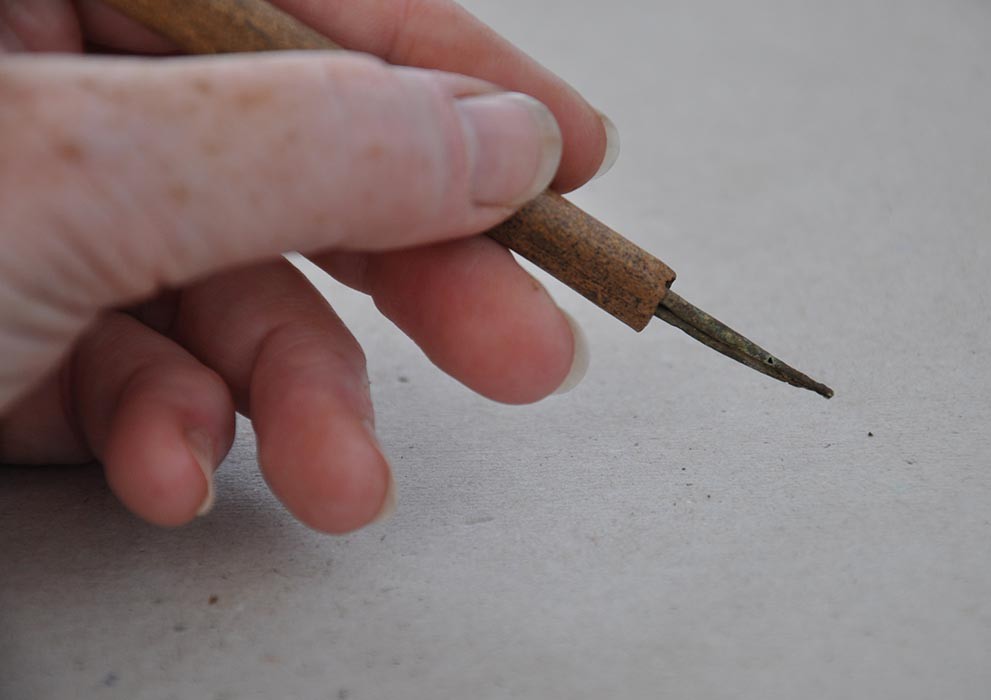
Recent archaeological excavations at Caherconnell Cashel in the Burren, Co. Clare, by Dr Michelle Comber of the School of Geography, Archaeology, and Irish Studies at NUI Galway and the Caherconnell Archaeology Field School, have uncovered the oldest known ink pen in Ireland.
The cashel, a settlement built in the late 10th century and used continuously through to the start of the 17th century, was home to wealthy local rulers. Their wealth was built on successful farming, allowing them to engage in fine craftworking, military pursuits, external trade, games, music, and, it seems, literacy.
The pen is made up of a hollow bone barrel with a copper-alloy nib inserted into one end. It was found in an 11th-century layer inside the cashel, and caused quite a stir when it was discovered. No ink pen of this form or early date has previously been found, and most evidence of early literacy in Ireland is associated with the Church, not with secular society.
Those reasons urged caution and lead to the creation of a replica implement to test whether or not it functioned as a pen. Adam Parsons of Blueaxe Reproductions manufactured the replica, a replica that testing confirmed does work perfectly as a dip pen. So, it seems that this does indeed represent the earliest known ink pen in Ireland.
Feather quills were the more common writing implement at the time, but a pen like the one from Caherconnell would have been ideally suited to fine work – maybe even the drawing of fine lines, as suggested by expert calligrapher and historian Tim O’Neill.
“A metal pen from such an early date is still hard to credit! But the fact that it functions with ink is there to see. It would have worked well for ruling straight lines to form, for instance, a frame for a page,” he said.
While Church scribes copied and created all manner of ecclesiastical texts, it seems likely that a secular scribe might have used a pen like this to record family lineages and/or trade exchanges.
All in all, an exciting find that expands the history of literacy in Ireland, and a most appropriate discovery for a university-based archaeologist to make.
“The Caherconnell Archaeology project has been a hugely rewarding one, with many unexpected and exciting discoveries along the way. This find has, however, exceeded all expectations, revealing the tantalising prospect of an advanced secular literacy in 11th-century Ireland.” – Michelle Comber
A full account of the discovery can be found in the December 2021 issue of Archaeology Ireland magazine.
